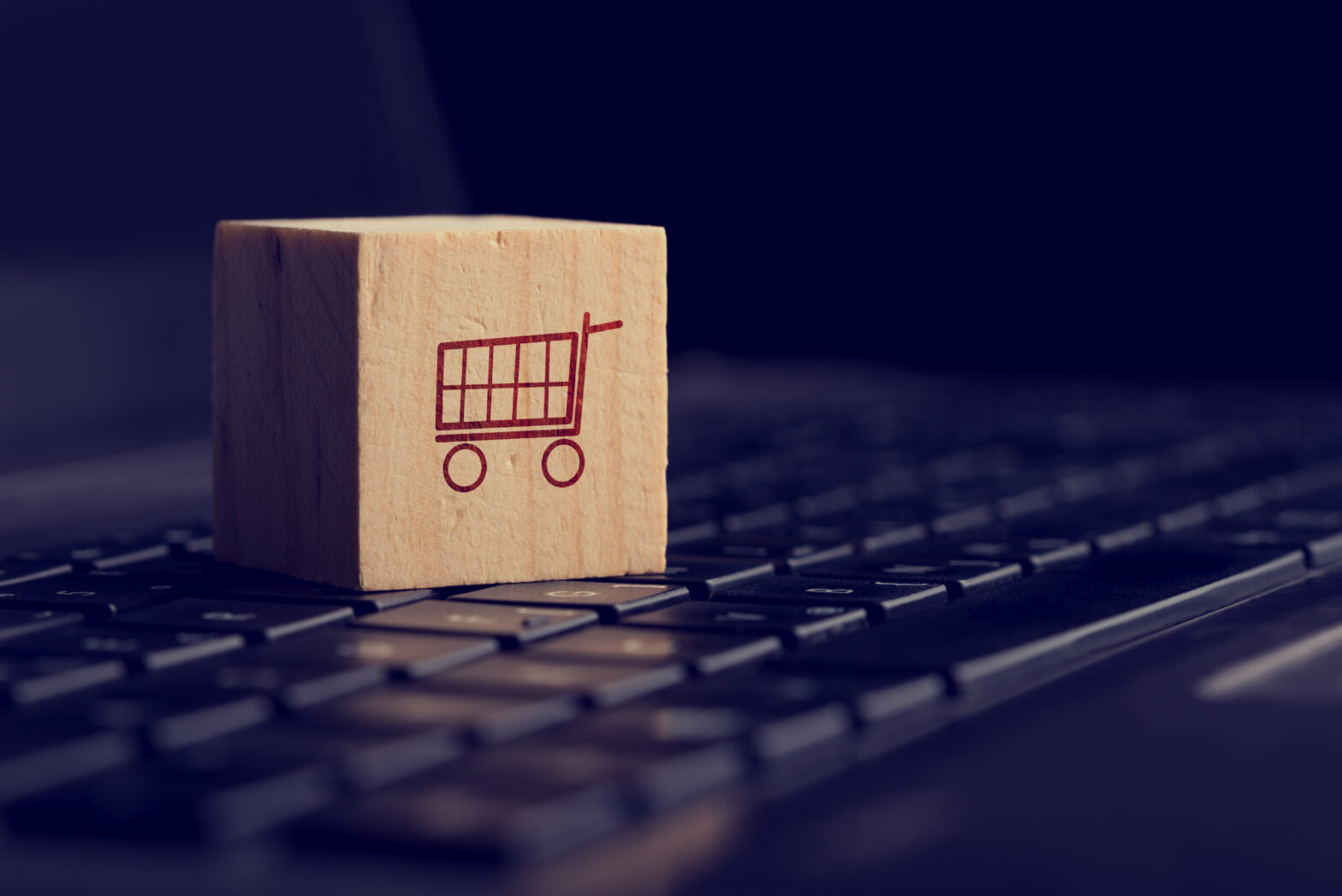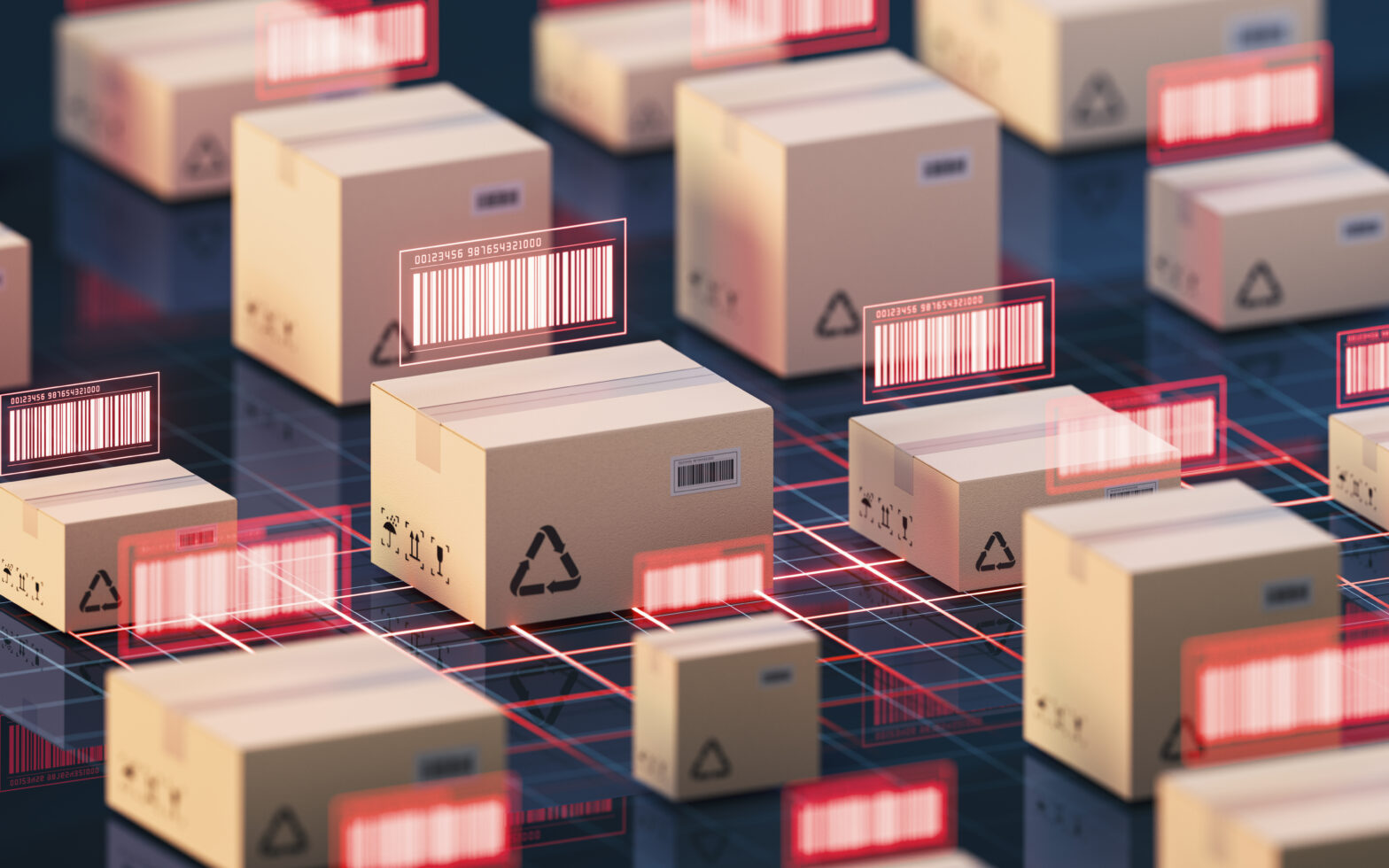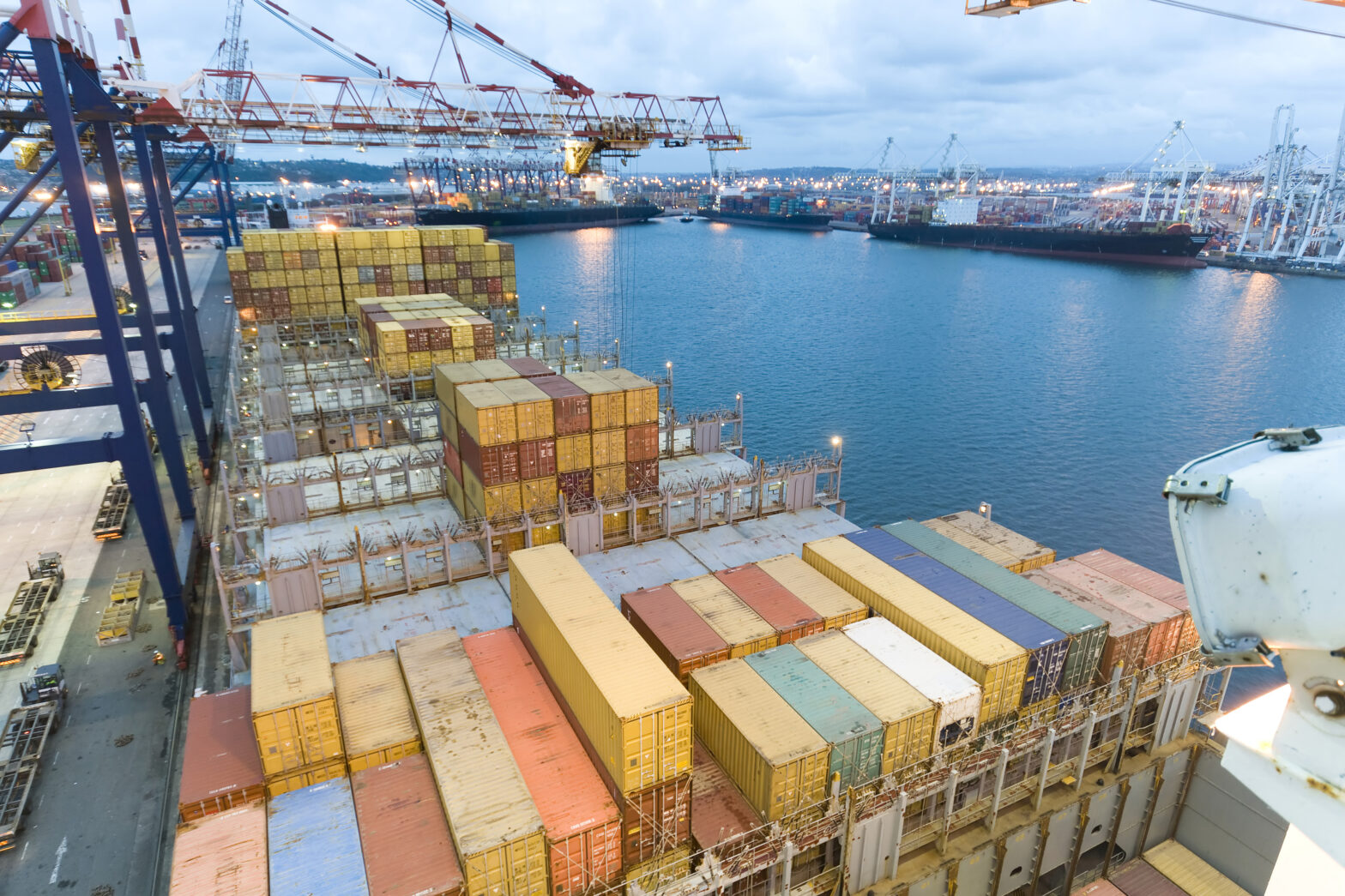Online shopping is a hugely competitive sector and with the consumer now savvier – and with greater expectations – maintaining a presence in the e-commerce market can be challenging.
For smaller independent online retailers that frequently have to contend with larger, more established operators, getting a slice of the action can be an uphill struggle.
How then does a smaller e-commerce retailer keep ahead of the curve when it comes to staying on top of its offering, particularly looking at shipping and logistics?
Convenience remains the driving force for why people shop online, says Paul Burns, joint managing director of retail consultancy Core Fulfilment. ‘It’s essential that this rings true throughout the whole site, with clear pointers on browsing, reviewing your basket, making a payment and delivery options,’ he adds.
‘It can only take one obstacle, however minor, to stop a shopper from returning to the site. As such, it’s essential that the business is managed to the point where each component of the site runs like clockwork.’
Deliveries and shipping
Providing a range of shipping options that the customer can pick and choose between makes for a flexible and tailored service. ‘While some consumers require delivery in a matter of hours, others are happy to pay a lesser delivery charge if it means waiting a couple of days,’ says Burns.
David Grant, professor of logistics at of Hull University Business School, says 25-30 per cent of people, when they make an order and arrange a delivery window, don’t stay home to receive it, costing the small business or logistics company money to come back.
‘Firms have been looking at using unattended delivery using services such as click and collect,’ says Grant. ‘A halfway house service such as this might need to be an option for your business.’
Customer service
Having a strong operations team is key if the different areas of the business are to operate smoothly. As a small business, resources may be stretched compared to that of a larger organisation. But still, for a small business, planning is essential.
‘Customers will often have queries about a product or service and responding to questions as quickly as possible will differentiate you in terms of delivering excellent customer service, says Burns. ‘As a small business you have the opportunity to be personable and human in your customer service approach.’
Furthermore, this affords an opportunity to engage with the customer. ‘If there’s a problem you can rectify it as quickly as possible and perhaps even offer a free gift or discount towards their next shop.’
Consumers recognise and appreciate great customer service and will often praise a positive experience via social media or reviews websites.
‘Whether or not you’re active on social media channels it’s likely your customers will be,’ Burns adds. ‘Shoppers are quick to grumble when something doesn’t go to plan so it’s important that you keep an eye on what’s being said about your brand online.’
Systems and processes
In order to create a website that customers will return to, it’s essential that all the areas of the business operate as smoothly as possible. Systems and processes are at the core of achieving this – from ordering and fulfilment to distribution and delivery.
Review how efficient your distribution processes are on a regular basis and always look ahead, advises Burns. ‘You may be a small business now but successfully planning for expansion means that it might not stay that way for long.’
Communication
Maintaining a dialogue with the customer throughout the whole e-commerce process is key. ‘Customer and consumers don’t like to be left in a vacuum,’ says Grant. ‘It’s important to reduce uncertainty from the customer’s perspective by giving them information. How much information is up to the individual company, but you need to inform them when you have shipped it, their tracking number, here’s how it’s coming. These things are basics online these days.’
Considering the different stages that require communication such as order confirmation and letting the customer know when the delivery has been dispatched also help, advises Burns.
Outsourcing logistics
Grant says outsourcing delivery to a large logistics provider such as UPS is often a good bet for a small business. ‘They have many years experience designing algorithms for delivery services, they’ve got a database of various cities across the country where you can go into and how long it might take to get there, taking into account the roads, the traffic.
‘For a small business without the financial wherewithal or the expertise inhouse, or the employees, the outsourcing route is going to be the most cost effective and efficient mechanism to do this.’
Taking on the giants
Some companies may be wary of larger, more established competitors when it comes to setting up in e-commerce. However, Matt Stocker of innovation consultancy the Stocker Partnership says bigger isn’t necessarily better. ‘The web is flat when it comes to competition, so you need to be aware that you are competing against the big players as well as other small businesses. As such, customers will be comparing their experience against other online experiences such as Amazon etc. so this is what they’ll be measured against.
‘[Whether big or small], the challenge is that the customer experience is only as good as the weakest link – even those links that you aren’t directly responsible for (such as your payment gateway, shipping provider etc). From the searchability of your website, an awkward payment process to inflexible delivery options, these can all either trip a customer up even before they make a payment or certainly mean they don’t make another purchase in the future.’





